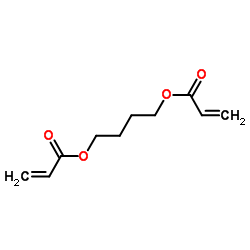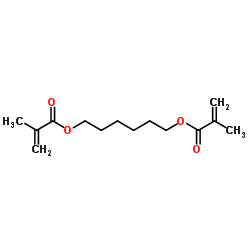| Structure | Name/CAS No. | Articles |
|---|---|---|
 |
1,4-Butanediol Diacrylate
CAS:1070-70-8 |
|
 |
1,6-Hexanediyl bis(2-methylacrylate)
CAS:6606-59-3 |